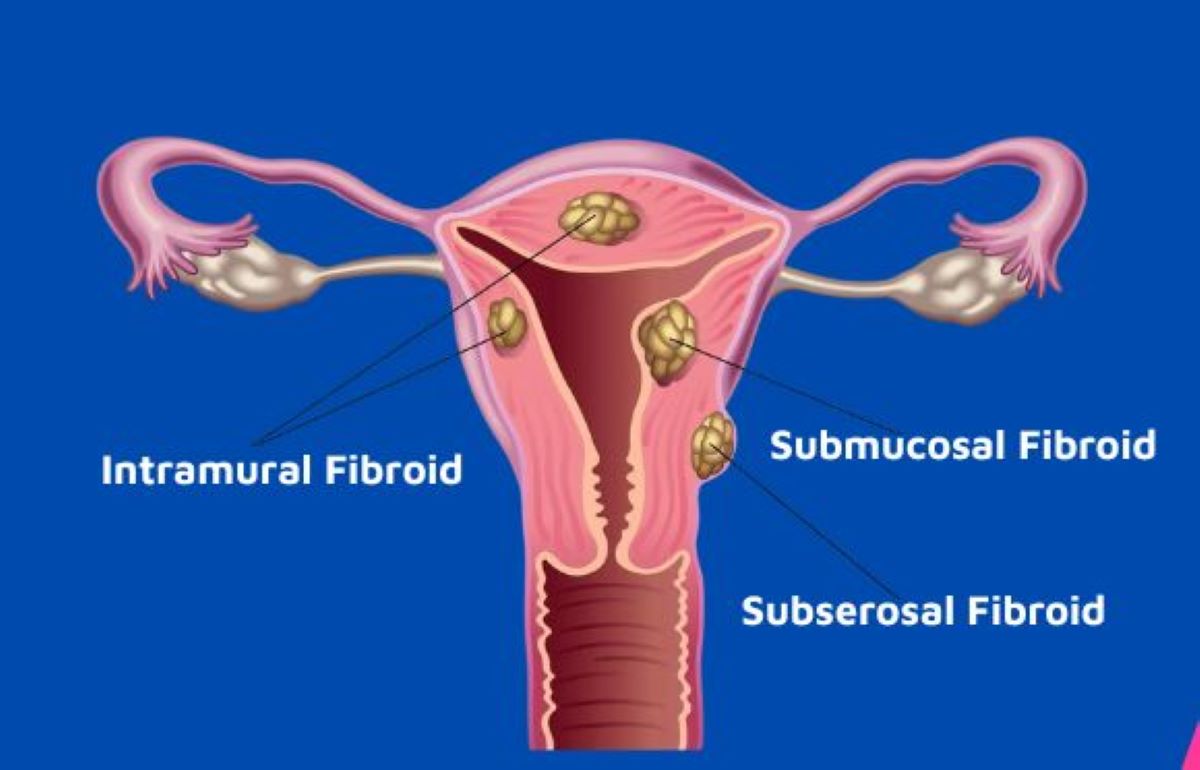
Uterine fibroids, also known as leiomyomas or myomas, are benign smooth muscle tumours of the uterus. They are common among women of reproductive age and can significantly impact the quality of life.
The prevalence of uterine fibroids in Nepal is not as well-documented as in Western countries due to limited large-scale epidemiological studies. Nepal’s government lacking focus on critical research data should allocate some budget and make plans to find the right information so that it is helpful for the medical community to pinpoint the challenges and address the issues properly. However, current hospital-based patient cases suggest that fibroids are a significant health concern among Nepali women. A study conducted at the Tribhuvan University Teaching Hospital reported that uterine fibroids were among the most common gynaecological conditions observed in patients undergoing hysterectomy.
Risk factors
Several factors contribute to the development of uterine fibroids in the female population. Age is a significant factor, with fibroids being more common in women aged 30-50 years. Genetics also play a crucial role, as having a family history of fibroids increases the risk of developing them.
Hormonal factors, particularly the increase in hormones estrogen and progesterone, are known to promote fibroid growth. Obesity is another contributing high-risk factor; a higher body mass index (BMI) increases the risk of fibroids. Additionally, diet and lifestyle choices impact fibroid development, with diets high in red meat and low in green vegetables, fruit, and dairy being associated with a higher risk. Furthermore, lifestyle factors such as physical inactivity significantly contribute to the likelihood of developing fibroids.
Symptoms
Symptoms of uterine fibroids can vary widely, but they often include heavy menstrual bleeding and prolonged menstrual periods, which can significantly impact daily life. Women with fibroids may experience pelvic pain and pressure, frequent urination, and difficulty emptying the bladder. Constipation is another common issue, as well as backache or leg pains. These symptoms can collectively cause considerable discomfort, making it challenging to carry out daily activities and affecting overall quality of life.
Diagnosis
Diagnosing uterine fibroids typically involves several steps. The process often begins with a pelvic examination by a gynaecologist to check for any abnormalities. If fibroids are suspected, an ultrasound is usually performed. As it is the most common imaging technique used to confirm their presence; this can be done by radiologists or gynecologists.
In more complex cases, Magnetic Resonance Imaging (MRI) is employed to map the size and location of the fibroids in greater detail. Additionally, a hysteroscopy may be conducted to examine the inside of the uterus, providing a direct view of the uterine cavity and any fibroids present.
Treatment
Treatment options for uterine fibroids in Nepal encompass a spectrum from conservative management to surgical interventions. Medications, such as hormonal therapies including gonadotropin-releasing hormone agonists, are used to shrink fibroids and control symptoms. Non-surgical procedures are also available, such as Uterine Artery Embolization (UAE), which is a minimally invasive technique that cuts off the blood supply to the fibroids, and MRI-Guided Focused Ultrasound Surgery (FUS), which employs high-frequency ultrasound waves to destroy fibroid tissue.
For those requiring surgical treatments, a myomectomy can be performed to surgically remove the fibroids while preserving the uterus. In more severe cases, or for women who do not wish to preserve fertility, a hysterectomy, which involves the removal of the uterus, may be recommended.
Challenges in Nepal’s context
Several challenges affect the management of uterine fibroids in Nepal. Limited access to healthcare facilities, especially in rural areas, often delays diagnosis and treatment, leading to adverse outcomes for many women. Additionally, low levels of awareness and education about fibroid symptoms and available treatments contribute to underreporting and delayed care. Cultural factors also play a significant role, as beliefs and stigma surrounding female reproductive health issues may prevent women from seeking timely medical advice. These combined challenges hinder effective management and timely intervention for uterine fibroids in Nepal.
Uterine fibroids are common and can significantly affect the health of Nepalese women. To tackle this issue effectively in our country, it’s crucial to enhance access to healthcare, raise awareness, and educate the community about fibroid symptoms and available treatments. If anyone is experiencing symptoms like heavy menstrual bleeding, pelvic pain, or frequent urination, it’s essential for her to seek timely medical advice from a gynaecologist. They can evaluate the symptoms, offer a precise diagnosis and discuss suitable treatment options tailored to the patient’s needs.
Managing symptoms early is crucial to prevent potential complications arising from uterine fibroids.


















